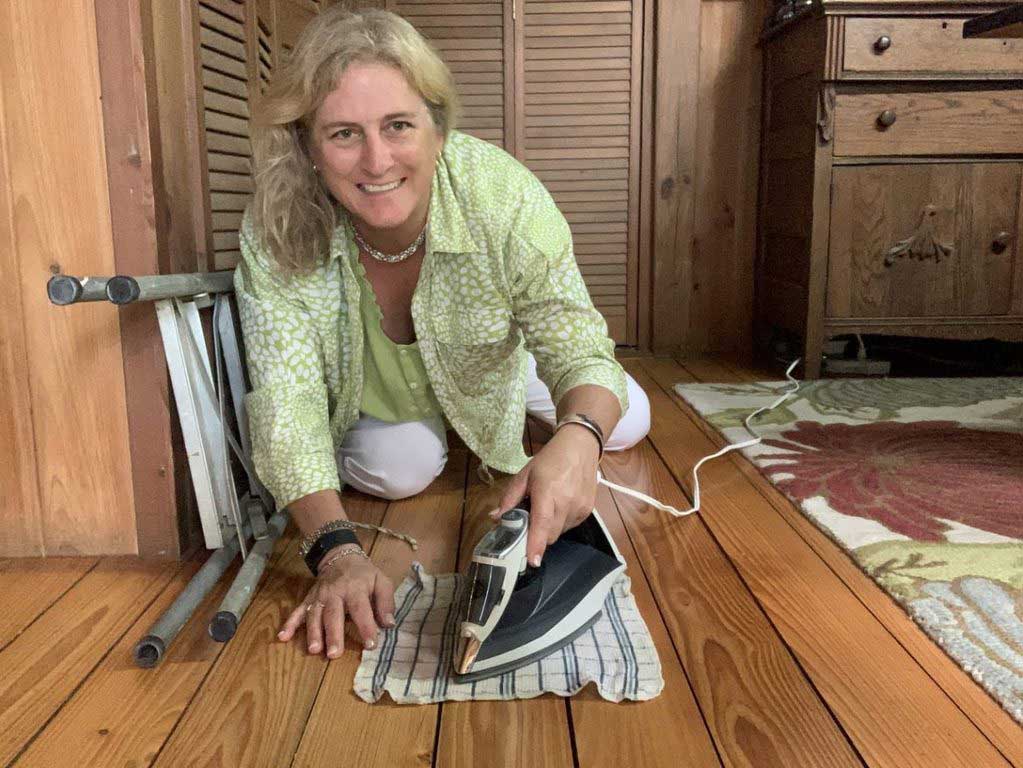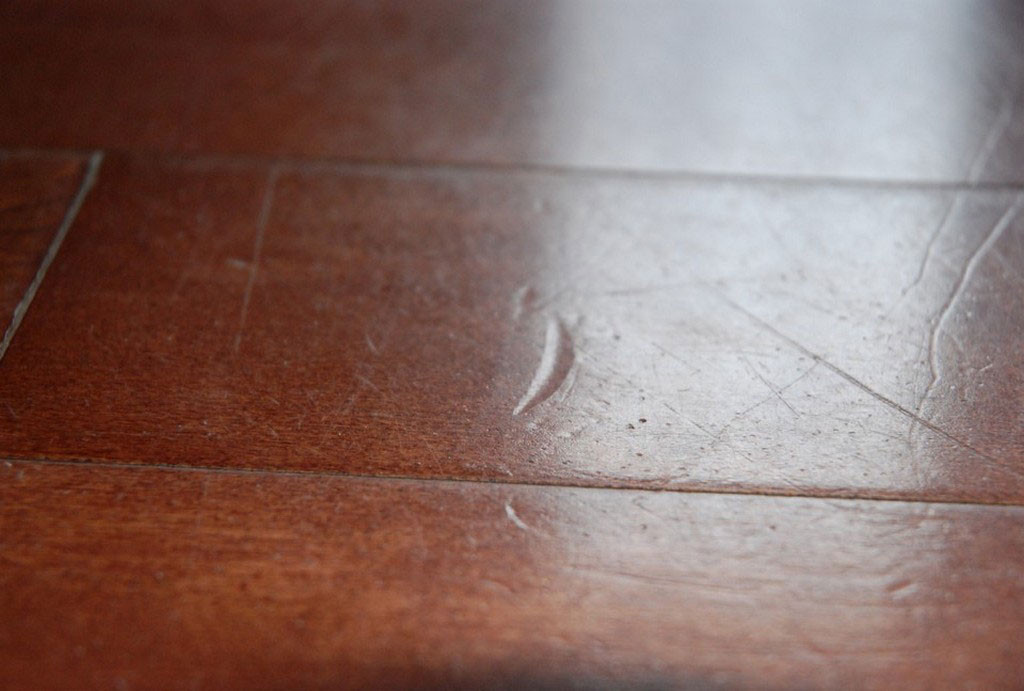Damaged Hardwood Floors – Gouges And Dents Problem
Hardwood floors might be beautiful and long-lasting. But there are many ways it can get some situations where the floors need proper treatment. The worse you can consider is the damaged hardwood floors. The option is either to fix or to replace it. Thankfully, in the case of Gouges and dents’ problem, you can try these fixing methods.

Three Tips On Fixing Hardwood Floors to Restore Their Shine
1. Allow The Floors To Swell Back
The idea to allow the floor to swell back can be used for small dents and gouges. To do the fixing, you can give a few drops of water to the small dents. You can fasten the process by applying mild heat to thick cloth. Another good alternative is using a heat gun. However, be careful or else the wood will have burn marks.
But if the problem is more severe or in the form of deep dents and gouges, you will need to use another floor filler or wood stains. The wood filler you need to use is made out of epoxy, which is a great consideration with a putty knife. Before adding filler, tape off the area to avoid filling other differences. It allows the damaged hardwood floor to swell and went to its initial looks.
2. Sanding The Scratches
A similar situation can be found if you find a situation in which the wooden floors are scratched. In this case, you can always buff the wood with steel wool or hand sanding sandpaper grits. To make it better, you should restrict sanding the scratched area and only feathering the area slightly. Don’t do it to another area, or else it will make the wood get worst.
To make it better, you always need to sand and buff the floor following the wood grain. But if your floor has polyurethane finishes, you might have to use different materials such as a scouring pad with mineral spirits. Other than that, use a sanding screen. At the end of fixing the damaged hardwood floor, you will need to paste wax. But don’t coat the wood with a polyurethane finish.

3. Replacing The Wood Flooring
The last retort is always replacing the damaged floor. The action includes prying the damaged section, gluing the replacement, filling crack, sanding, and refinishing. In this case, you can try to pick material with a similar size and colour to the existing flooring. Thus, it won’t make the replacement too obvious.
Starting with cutting, you can use a cutting tool or utility knife. It is better to do it slowly and only in the marked position, thus you won’t damage adjacent flooring. Installing replacement can be done easily with nails and glue. After that, you can laminate the floor, sand the wood, and wax the new replacement of the damaged hardwood floors.
Depending on the severity of the condition, you might have to fully replace the wood flooring. It can take quite a lot of preparation, but surely it helps create a better condition. However, if the dents or gouges are not too bad you can consider swelling back the wood or sanding some scratches. It would be enough for temporary fixing.
